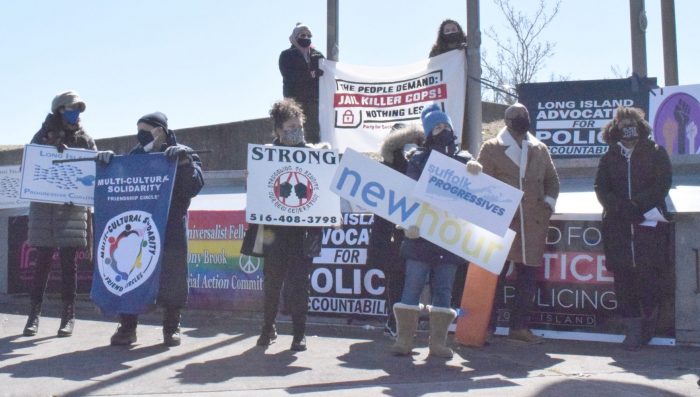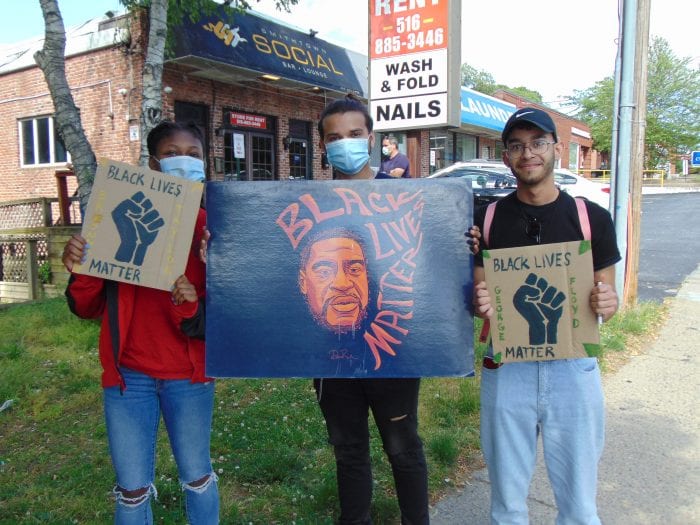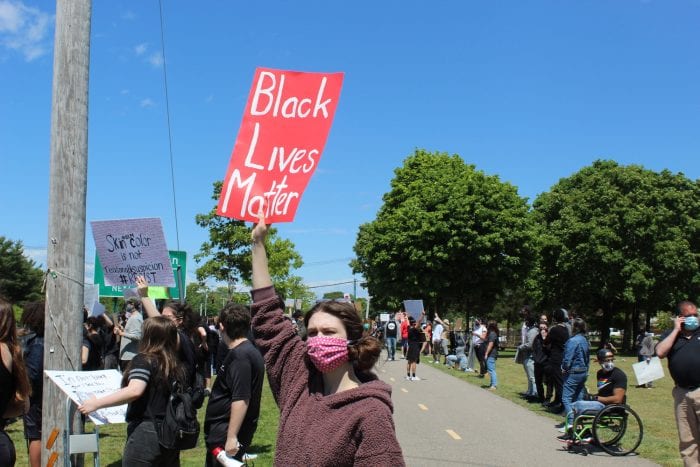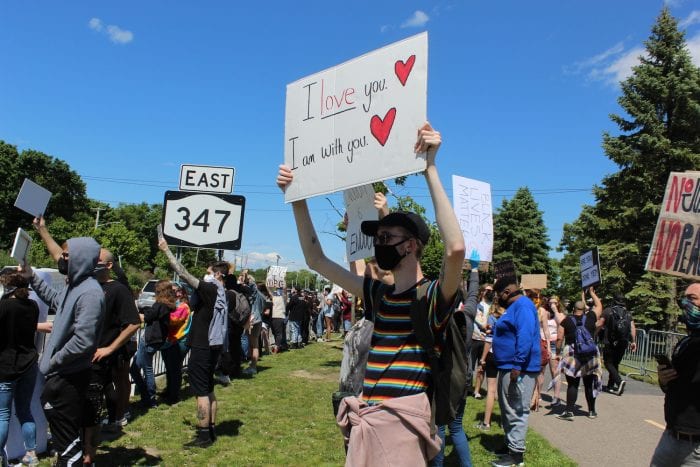This week, dozens of groups across Long Island stood together, calling on lawmakers to adopt “The People’s Plan” for police reform, including one outside county offices in Hauppauge on March 15.
Created by community task force and advocacy groups, the plan is in response to a separate version Suffolk County Executive Steve Bellone (D) submitted to lawmakers last week.
And it’s needed, especially since the plan has taken into consideration feedback from retired law enforcement, civil rights attorneys, advocates and activists.
Earlier this month, Bellone held an urgent press conference, alleging the assault from police on a man who stole a car and ran from the cops, in Port Jefferson Station — our backyard.
Of course, there are two sides to every story.
The county’s current police reform proposal directs the Suffolk County Human Rights Commission to review complaints of police misconduct. That being said, the police department would still have the power to investigate and discipline their own.
The plan created by advocacy groups would create a community council to review and hold the police accountable for misconduct.
What’s wrong with that?
By allowing the community to deliberate on what was wrong, it would alleviate some of the stresses that police officers constantly deal with. It might even prevent the “bad apples” from doing bad things.
A year after Breonna Taylor’s death and nearing 365 days since the George Floyd killing, 2020 was a mess filled with protests, anger, fear and arguments.
We’re three months into 2021. Let’s start anew, afresh and let open conversations prevent the beatings of innocent people, prevent unlawful deaths and make the communities we live in a better place for everyone — no matter their gender, race, income level or role in society.
Transparency is a good thing in all walks of public life.










